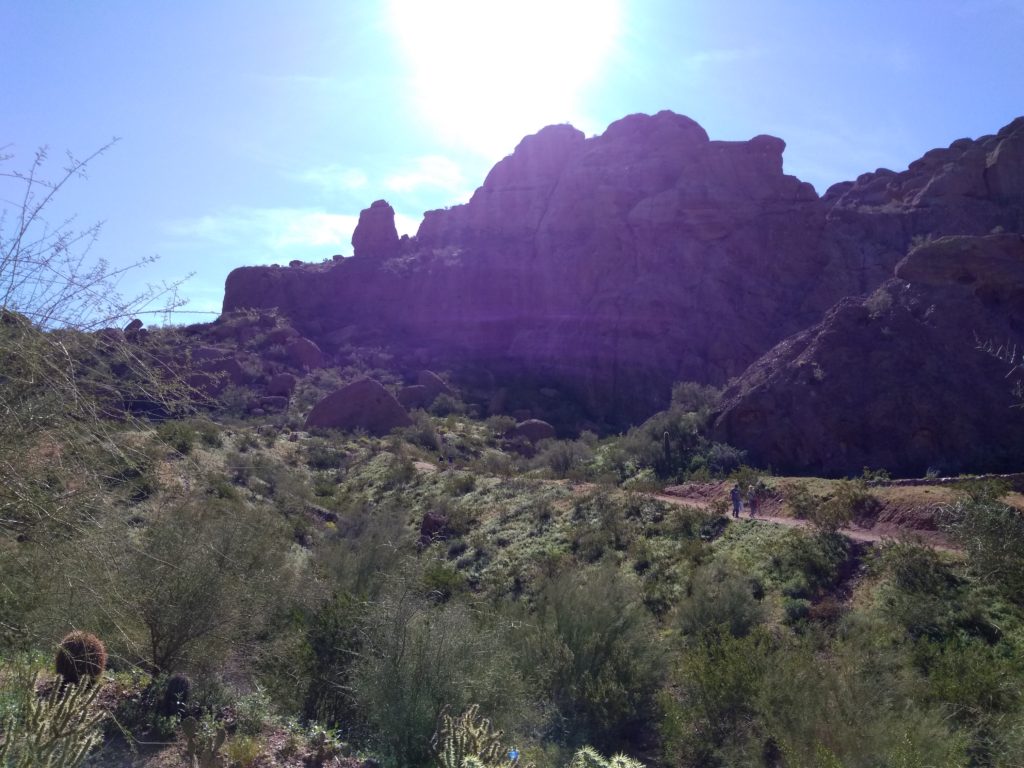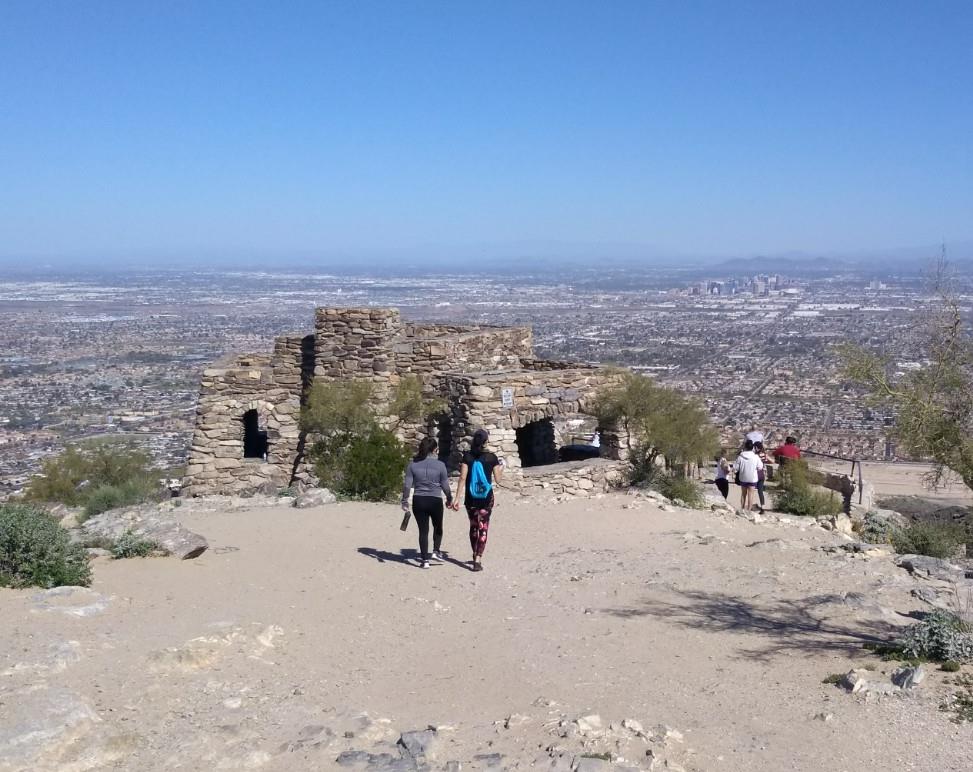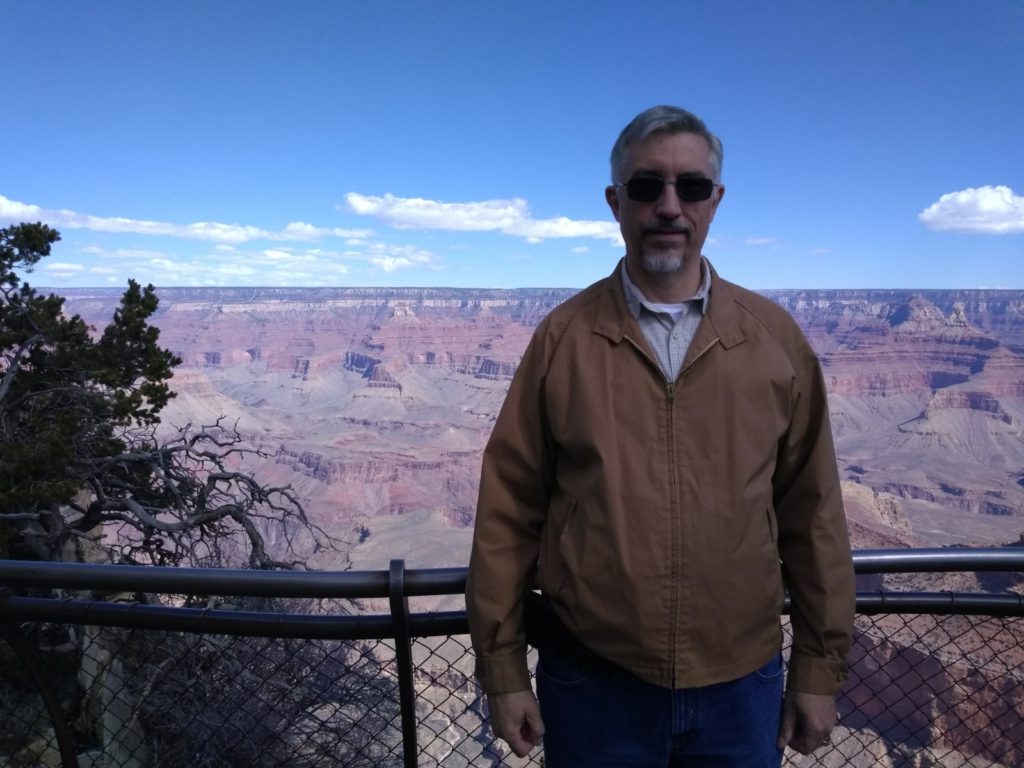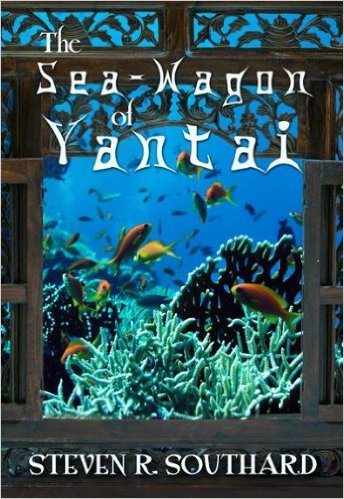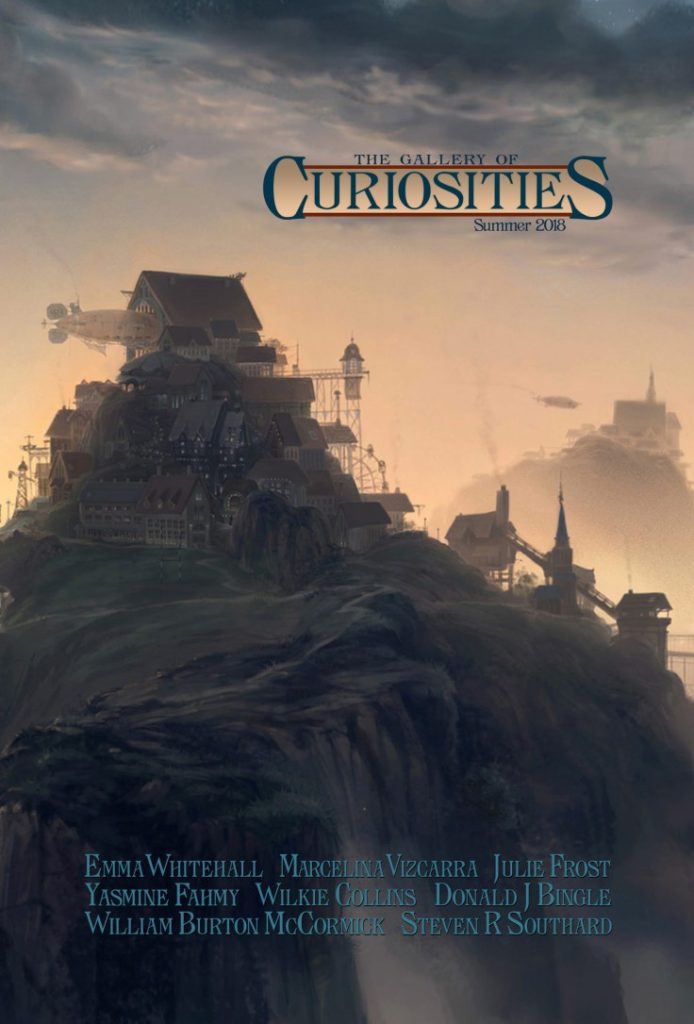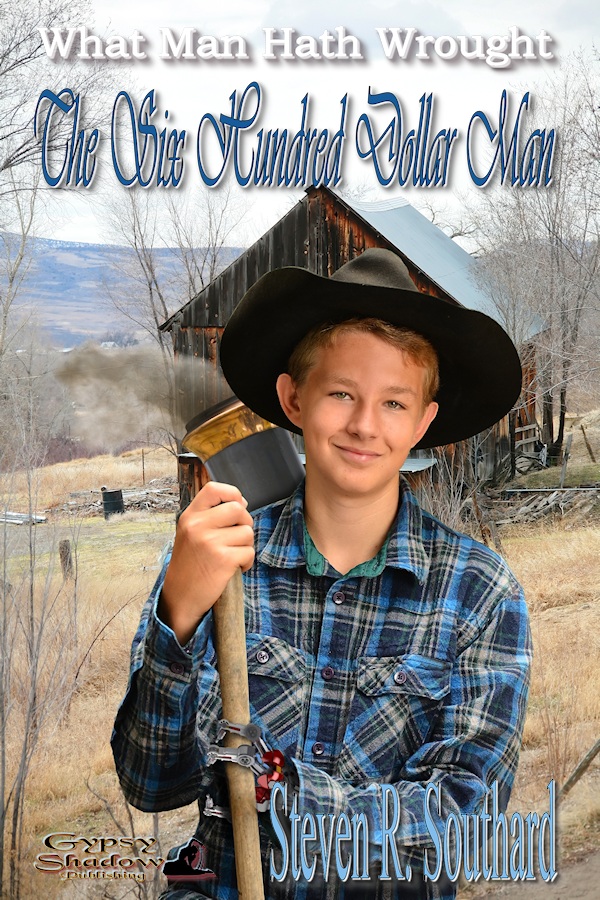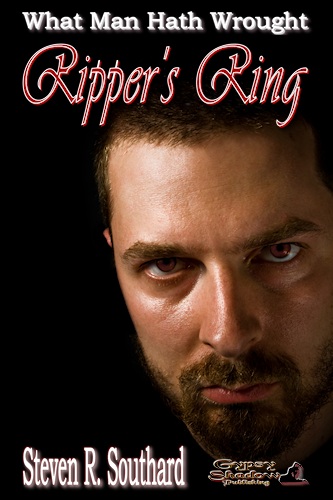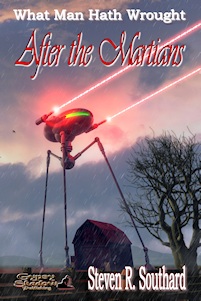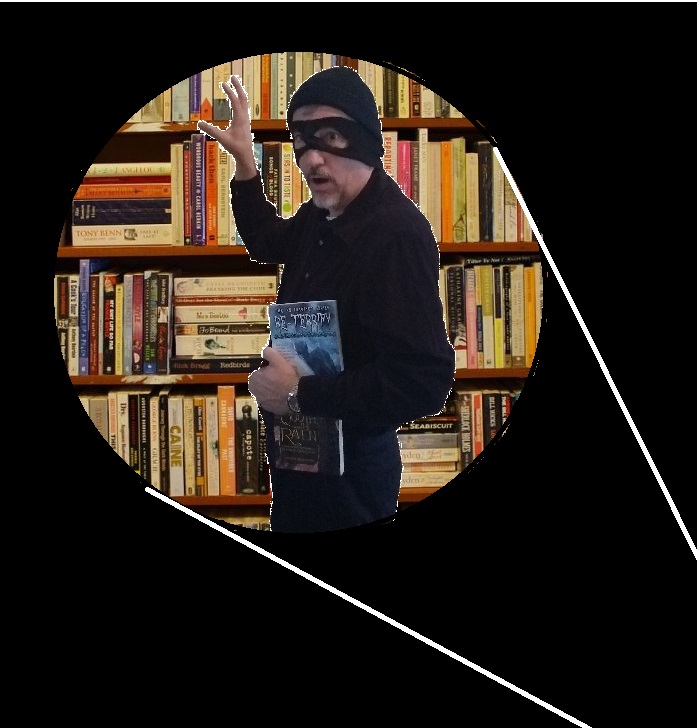In a Slate Magazine article, Lee Konstantinou argued that “Something is Broken in Our Science Fiction.” Is that true? If so, what can SciFi writers do about it?

Konstantinou’s thought-provoking piece declares that SciFi remains stuck in the cyberpunk era of the 1980s, seemingly unable to break free. He contends that cyberpunk and its many offshoot ‘-punks’ were products of the Reagan-Thatcher era.
To Kontantinou, the various punks share common attributes, such as (1) a setting not too different from our own, (2) an individual struggling alone against a flaw-ridden society, and (3) an absence of collective action by a group or groups. Even recent trends like dystopian SciFi and its positive counterpart (hope-punk?) typified by Hieroglyph: Stories and Visions for a Better Future are just cyberpunk derivatives.
Is he right? Is Science Fiction broken? Are the punks to blame?
As a writer of steampunk and clockpunk, I experienced an initially sour reaction to Konstantinou’s article before I thought more deeply about it. I agree with him that something seems wrong.
Whatever you say about the punks, give them due credit; they’ve had a good, long run. Konstantinou’s common attributes of punks are general enough to cover a lot of territory and appeal to a broad range of tastes. Moreover, the various ‘time period’ punks such as steampunk, dieselpunk, atompunk, etc. cater to readers’ nostalgic longings.
Still, I get a sense that SciFi is in a transition period, waiting for the next movement to explode on the scene. Likely the seeds of that next era are already here in some form, just starting to sprout into public awareness.
Maybe the next big thing in SciFi will spring from one or a combination of the current observable trends:
- LBGTQ main characters, and explorations of alternate sexualities
- Climate change extrapolations; humanity as a spoiler of environments
- Artificial intelligence, the entire spectrum from the weak (narrow) kind, through the strong kind, to the super-intelligent kind
- 3D Printing and nanotechnology implications
- Cross-genre mashups
- Biological and genetic science
- Extended human lifespans, Trans-human possibilities, cyborgs
- Mundane SciFi
More likely, the next SciFi movement will grow from something I haven’t anticipated or noted yet.
To paraphrase P!nk in her song “Just Give Me a Reason,” Science Fiction is not broken, just bent, and SciFi writers can learn to entertain readers again. One author who will make the effort is—
Poseidon’s Scribe

